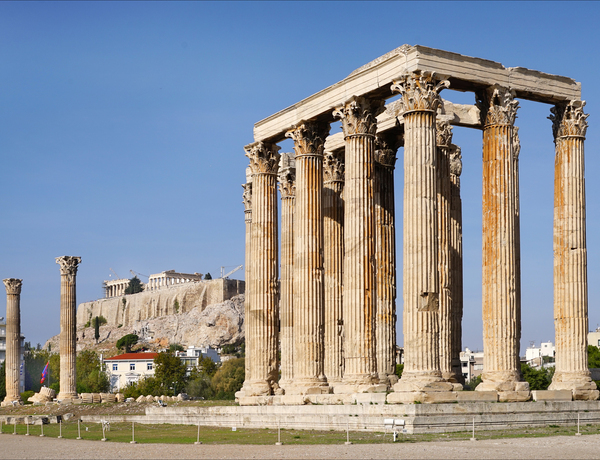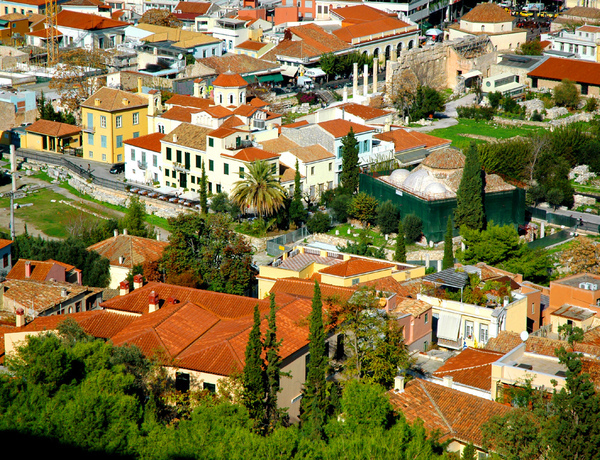
The Panathenaic Stadium, also known as the Kallimarmaro Stadium, is an ancient stadium located in Athens, Greece. The stadium was originally built in the 4th century BC for the Panathenaic Games, a major athletic and cultural festival held in Athens every four years.
The stadium was renovated in the 2nd century AD, and later underwent extensive reconstruction in the 19th century, based on its ancient design. It was used for the opening and closing ceremonies of the first modern Olympic Games in 1896, and has since been the venue for the marathon finish line in all subsequent Olympic Games held in Athens.
The Panathenaic Stadium is made entirely of marble and has a capacity of approximately 50,000 spectators. The track is 204.07 meters in length and 33.34 meters in width, making it larger than a standard modern Olympic track.
Today, the stadium is open to visitors, who can take a tour of the site and learn about its history and significance. The stadium also hosts various cultural and sporting events throughout the year, and is considered one of the most important landmarks in Athens.
Website
panathenaicstadium.gr
panathenaicstadium.gr





